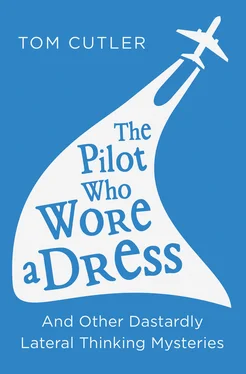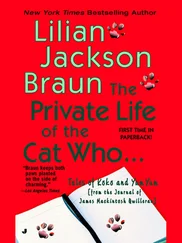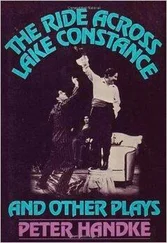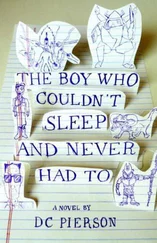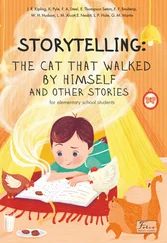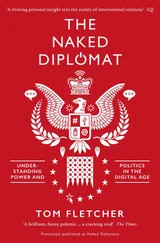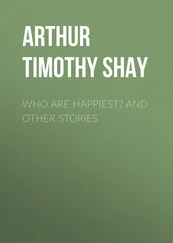Finally, I thank Marianne, as usual, for everything.
When people talk of the ‘Golden Age’ of crime fiction they’re usually referring to the 1920s and 30s, but some authorities believe that we are currently going through another ‘Golden Age’. The range, profile and quality of contemporary crime fiction are probably as high as they have ever been.
But one thing the current Golden Age lacks – which was very much present in the previous one – is a sense of fun.
As embittered middle-aged Inspectors with drink and relationship problems try to identify serial killers, as forensic pathologists sift through decomposing organs, and as dour Scandinavian detectives confront the unalterable bleakness of human existence, crime fiction has lost its traditional link with high spirits. Noir is the new black, and that’s just something readers have to take on board.
I’m sure, at universities all over the world, doctorates are even now being written about the reasons for this change. Whodunits in which the puzzle was paramount came to a natural end because there were no more puzzles left that hadn’t already been done. The country houses, perfectly designed for weekend house parties for guests with ‘dark secrets in their past’ and offering a wonderful range of domestics to act as witnesses, informants and suspects, did not survive the Second World War. No longer could their owners ‘get the staff’, and many were converted into hotels, boys’ prep schools and secret military training centres.
The great carnage of the war also made the Golden Age tradition of treating death as a kind of parlour game seem a little tasteless. Publications like The Baffle Book , a collection of murder puzzles very popular in the 1930s, appeared to be offensively trivial.
Another development, the abolition of the death penalty in 1965, meant crime novels were left with a lot more loose ends to be unravelled. No longer could the pointing finger of Hercule Poirot at the perpetrator in the library signal the permanent end of a case, with the hangman’s noose tying everything up in a neat bow. What had been black and white moved on to a colour-chart of greys.
So it was no surprise that crime fiction grew darker.
I’m sure I’m not alone in slightly regretting that change. ‘Murder as parlour game’ still holds a strong attraction, and it is no surprise how many books from the original Golden Age are now being successfully reprinted. Murder Mystery Dinners are a hugely popular form of entertainment, and new generations of young people are introduced every day to the fun of Cluedo.
It is firmly within that tradition of having fun with crime that this book by Tom Cutler fits. He has taken the original idea of selecting lateral thinking challenges and writing them up as mini detective stories, then asking the reader to work out the solution. The Crime Puzzle Book, thought to be dead after 1939, has been reborn in a new form for the 21st century.
I’m sure a great many readers will relish the challenges that it presents to them.
Simon Brett
Crime Writers’ Association Diamond Dagger award-winner
and President of the Detection Club
Two men are playing tennis together. After an exhausting three-set match, both of them win. How can this be? All will be explained in a moment.
The reason lateral thinking problems are so tricky, and such fun to solve, is that we tend to think in a routine way. Our ingrained habits, inhibitions and false assumptions hinder us in winkling out the less apparent possibilities tucked away inside the lateral thinking shell. But if we can look at the problem from another perspective, the answer often pops out. As Sherlock Holmes tells Dr Watson, ‘When once your point of view is changed the very thing which was so damning becomes a clue to the truth.’
It’s like the joke about the man who dies and goes to hell. He sees an ugly old villain making love to a beautiful young blonde. When he objects that this is hardly a harsh enough fate, the Devil replies, ‘Who are you to question that woman’s punishment?’
The term ‘lateral thinking’ was coined in 1967 by a man who liked to use an overhead projector named Edward de Bono (the man is named Edward de Bono, not the projector). Edward de Bono has said that the mind can see only what it is prepared to see, but that we can solve some otherwise tricky problems if we look at things from the side – which is what ‘lateral’ means.
For example, if we hear that Dr Alex Bernard is a vicar we will probably make several unconscious assumptions about him. But, as Sherlock Holmes also said, ‘There is nothing more deceptive than an obvious fact,’ for Dr Alex Bernard is a woman . Thinking that a vicar named Alex is a man is not sexism, as some people would insist, but just a forgivable mistake, because if we didn’t make assumptions based on our experience of the way the world normally works we would be so abstract that we wouldn’t be able to laugh at jokes or get on with people at parties.
In this book I’ve decided to make the most of the combination of riddle and story that most lateral thinking problems embody. Solving these mysteries won’t require unusual intelligence or imagination, and all the information you need is there in the tale – though the solution may be hidden in plain sight by the way in which the puzzle has been framed. There is no cheating, but there is, of course, a fair sprinkling of red herrings.
The first section of the book contains celebrated standards from the lateral thinking hall of fame. There’s everything from the immortal ‘Man in the lift’ to the baffling ‘Murder in the snow’, along with some less familiar, and a few entirely original, problems.
It is a feature of lateral thinking mysteries that they involve lots of death and destruction, with a fair number of hangings, shootings and suicides. What is so alluring about all this violence I can’t say, but I’ve kept it all in, along with a few laughs, I hope.
Besides the classics, I’ve included a section featuring some of the finest ‘locked-room’ mysteries and ‘impossible’ crimes from detective fiction, adapted to the lateral thinking format. Some of the very best head-scratchers from masters such as Lord Dunsany and Arthur Conan Doyle are included.
A Real Life section features mysterious true events such as the curious case of the Mary Celeste , the dihydrogen monoxide affair and the riddle of the Epping Jaundice.
Finally, there is a part featuring bar betchas and gotchas, with lateral thinking matchstick puzzles, counter-intuitive gags and unlosable bets.
The Pilot Who Wore a Dress makes great solo reading but you can also use it to challenge a roomful of players. You can even pass the book round and take turns reading out the stories. Apart from the monkey business behind the betchas, which is included with the bet, you will discover the fun and quirky solutions to the mysteries in their own section at the back of the book. They are as compelling as the enigmas they explain.
I hope you find these lateral thinking mysteries as much fun to solve as I did to write. Good luck .
Oh, by the way, if you’re still wondering about those two tennis players, the answer is that they are partners playing a doubles match. Of course!
LATERAL THINKING CLASSICS
‘These little grey cells. It is up to them.’
Agatha Christie
The sailor who ate the cream tea

The mystery
Читать дальше
